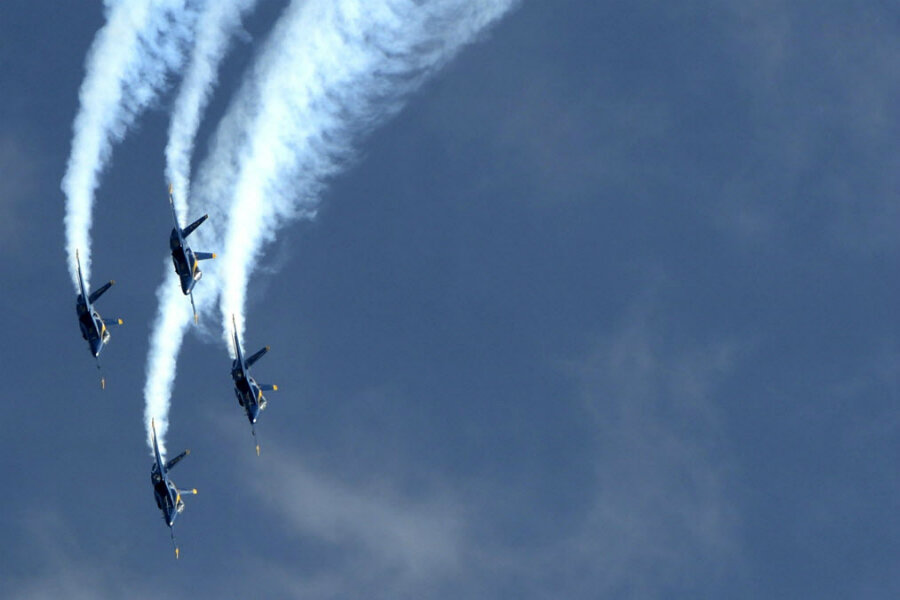First female Blue Angel pilot taking flight
Loading...
The first woman who to hold the distinction as a United States Navy pilot with the US Navy Flight Demonstration Squadron, better known as the Blue Angels, will have an opportunity to fly in front of friends and family at home in June.
Marine Capt. Katie Higgins, of Severna Park, Md., is a third-generation military pilot and a graduate of the US Naval Academy, according to the Baltimore Sun. She received her masters in international security from Georgetown University before starting flight school in Pensacola, Fla, according to Baltimore's WJZ.
She was selected to join the Blue Angels in September of 2014 after racking up nearly 400 hours of combat flight, according to WJZ. During the weekend of June 13, Capt. Higgins will fly one of three C-130 Hercules, nicknamed "Fat Albert," at the Ocean City Air Show.
“We are excited to welcome Katie to Ocean City and we know all of Maryland is proud of her,” Bryan Lilley, President of the OC Air Show, told WJZ. “She will add even more excitement to this amazing lineup with the US Navy Blue Angels, the Breitling Jet Team, and the F-22 Raptor Demo Team. Those are three of the biggest acts in the air show industry, all performing in the same year.”
Captain Higgins is not the first woman to have been a part of the Blue Angels; she is one of twenty women on the team but she is the first and only female pilot, according to a spokeswoman for the Blue Angels. [Editor's note: An earlier version misstated the number of female members of the Blue Angels.]
Higgins' career path in the armed services represents a shift in the military's policies regarding female troops. Following the end of conscription in 1973, and introduction of an all-volunteer force, the number of women serving jumped from 42,000 to 167,000, as of 2011, according to the Pew Research Center.
The Pentagon long held a policy prohibiting women from being tabbed to any “unit below brigade level whose primary mission is direct ground combat.” Although this policy could be shifting soon, the Monitor reported that after the Dept. of Defense opened combat roles to women in 2013, the armed services have stalled in introducing a plan that would integrate specific branches of the military. The military must have an integration plan in place by January.
This does not mean, however, that women have not been exposed to combat situations. Pew cited that since the 1990s, military policy changes and two near decade-long wars have contributed to an increase in combat exposure among women, from 7 percent among pre-1990 female veterans to 24 percent of post-1990 female veterans, according to Pew Research. There were 723 female pilots in the Air Force as of 2013, according to Military.com News.
There is also a rich history of female pilots in World War II. Facing a shortage of pilots the American military turned to Women Airforce Service Pilots or WASP volunteers to ferry aircrafts from manufacturers to air bases, which feed male pilots to fly combat missions overseas, however the program was scrapped shortly after the war ended according to NPR.






